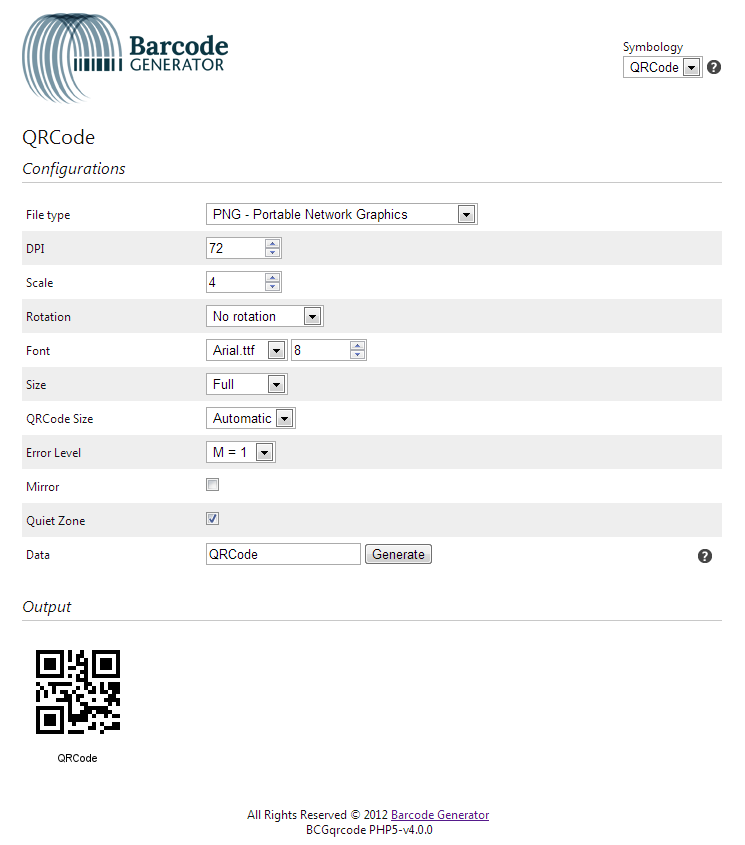Barcodes serve many purposes: from a QRCode advertisement on the side of a bus to an Intelligent Mail tracking barcode on an envelope. The size of the barcode will impact their utility greatly. Too small a barcode for an advertisement will go unnoticed and prove ineffective. Too large of a tracking barcode will leave little room for other important information like who the letter came from and who it is being sent to.
Function aside, these barcodes may involve very different methods for being scanned. One may target a consumer passing by with a smartphone, and the other may be interpreted using a handheld scanner. The size of the barcode will affect the readability between these two methods. Image-based readers that are installed on most smartphones will generally have no trouble as long as the barcode can be framed easily in the camera’s frame, but not microscopic.
For handheld LED style readers, there are generally specifications that should be followed to ensure readability. You can find these within the scanner’s manual which usually indicate a depth of field by a minimum barcode element width. This minimum element width corresponds to an individual bar within the barcode. These elements should be larger the further away your scanner is from the barcode. The depth of field refers to how far the scanner is from the barcode being scanned. Scanners have a limit this distance and if it is exceeded, they will not detect the barcode because it is not in its range. By adhering to the respective standards of your reader, you will be able to scan your barcodes with ease.
Another important consideration to bear in mind is that print quality can affect readability. You will need to verify that your printer is capable of printing at a small scale, should your project require it. This should be mentioned in the DPI (dots per inch) specifications that your printer manual provides. Inability to print smaller barcodes will appear as merged elements or unclear element boundaries. Definition in barcode elements is necessary for your reader to distinguish and interpret the data correctly.
The purpose of the barcode, distance of the scanner, and the print quality are factors that should be in mind when starting a project. There are many other considerations unrelated to size that must also be considered, such as the medium the barcode is printed on and its reflectivity. The process of finding the right barcode style to suit your needs is very much a trial-and-error process, but will prove to be much more profitable when the product is most suitable for its respective audience.






